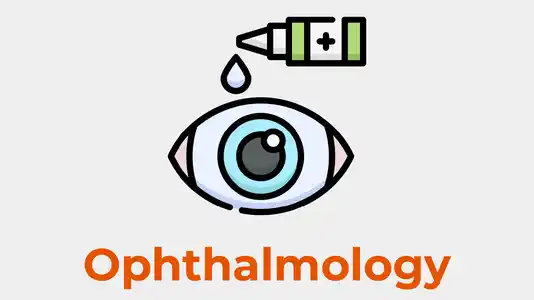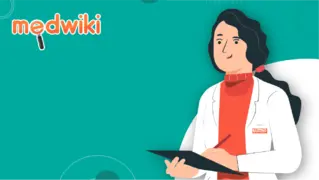Prescription Required
Introduction to Gatiquin Eye Drop 5ml
- It is primarily used for external application to treat bacterial infections It interferes with crucial bacterial enzymes, disrupting their DNA activities and hindering their ability to survive and replicate.
- It belongs to a class of antibiotics and is used topically for treating bacterial infections in specific external areas of the body.
Safety Advice for Gatiquin Eye Drop 5ml
- High risk
- Moderate risk
- Safe

Combining alcohol with medicine is unsafe due to potential adverse reactions and increased risks.

Consult your doctor regarding the safety of medicine during pregnancy. Limited human studies suggest potential harm to the developing baby.

Exercise caution in breastfeeding while using medicine. Limited human data indicates potential transmission into breast milk, leading to diarrhea or rash in the baby.

Use medicine cautiously in kidney disease. Adequate water intake is recommended; consult your doctor for potential dose adjustments.

Limited information is available on medicine use in liver disease. Consult your doctor for personalized advice and monitoring.

causes dizziness sometime.
How Gatiquin Eye Drop 5ml works
Gatifloxacin fights bacteria by messing with their internal machinery, specifically enzymes called topoisomerase II and topoisomerase IV.
How To Use Gatiquin Eye Drop 5ml
- Follow your doctor''''s guidance on it''''s use
- It is available in different forms, including tablets and liquid solutions .
- Swallow the tablet whole and measure the liquid medicine with the provided device.
- While you can take it with or without food, its's recommended to take this medicine at a consistent time for better results.
Special Precautions About Gatiquin Eye Drop 5ml
- Gatifloxacin may cause central nervous system (CNS) side effects such as dizziness, confusion, and seizures Caution is advised, especially in individuals with a history of seizures or other CNS disorders.
- Gatifloxacin may affect blood sugar levels, particularly in people with diabetes Regular monitoring of blood glucose levels is recommended during treatment.
Benefits Of Gatiquin Eye Drop 5ml
- Oral antibiotic for bacterial infections .
- Treats respiratory, skin, and urinary tract infections .
- Effective against Gram-positive and Gram-negative bacteria.
- Supports infection control.
Side Effects Of Gatiquin Eye Drop 5ml
- Eye discomfort
- Burning sensation
- Eye irritation
- Redness
Similar Medicine Of Gatiquin Eye Drop 5ml
What If I Missed A Dose Of Gatiquin Eye Drop 5ml
- If you miss a dose, take it when you remember.
- If your next dose is close, skip the missed one and stay on your regular schedule.
- Avoid taking two doses at once.
- Consult your doctor for guidance on managing missed doses effectively.
Health And Lifestyle
Drug Interaction
- Allopurinol
- Mycophenolate
Drug Food Interaction
Disease Explanation

Bacterial infections are illnesses caused by harmful bacteria that multiply or release toxins in the body. They can affect different parts of the body, such as the skin, lungs, gut, blood, or brain. They can cause symptoms such as fever, chills, pain, swelling, rash, or organ dysfunction.
FAQ's on Gatiquin Eye Drop 5ml
Are steroid eye drops safe?
Can too much eye drops be bad?
Can eye drops damage eyes?
What is ofloxacin eye drops?
Can you stop steroid eye drops suddenly?
What is gatifloxacin eye drops used for?
What are the side effects of eye drops?
Can I stop taking Gatiquin when I feel better?
What are atropine eye drops?
 Written By
Written By
Pranav ayush
MBA in Pharmaceutical
Content Updated on
Tuesday, 23 July, 2024Prescription Required
Gatiquin Eye Drop 5ml

Discover the Benefits of ABHA Card registration
Simplify your healthcare journey with Indian Government's ABHA card. Get your card today!
Create ABHAGatiquin Eye Drop 5ml











